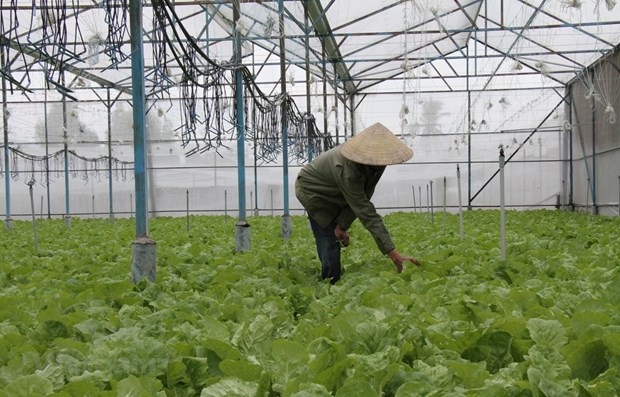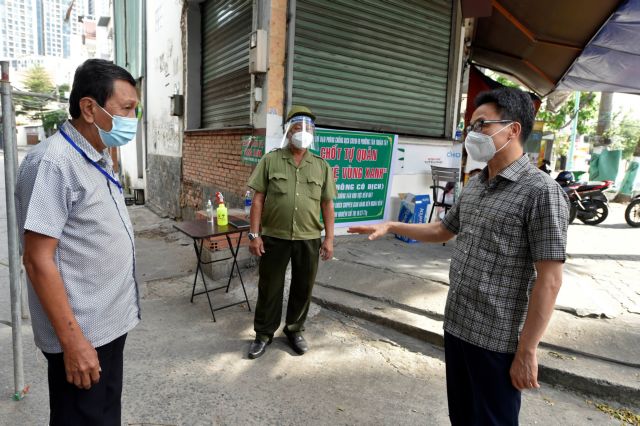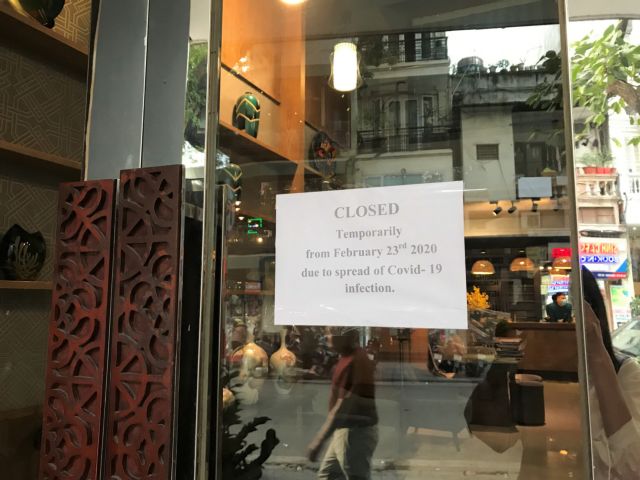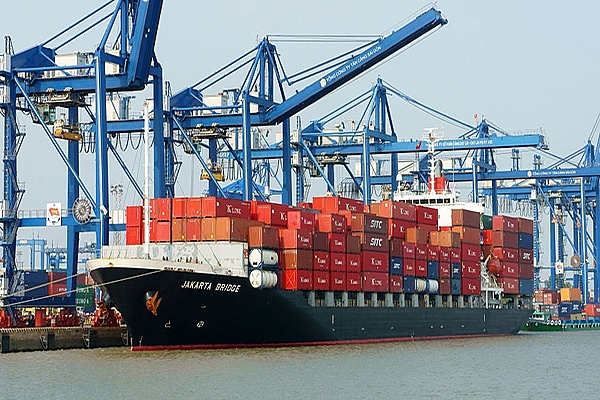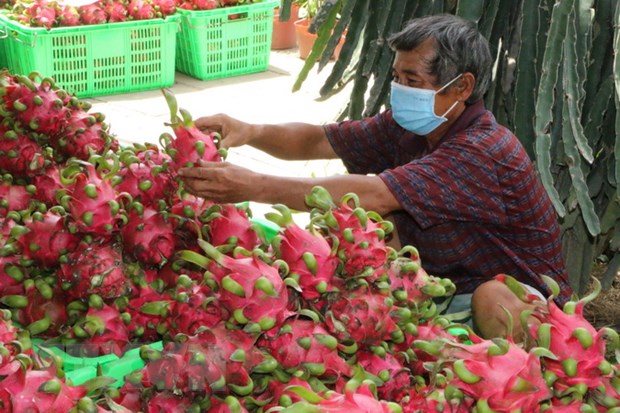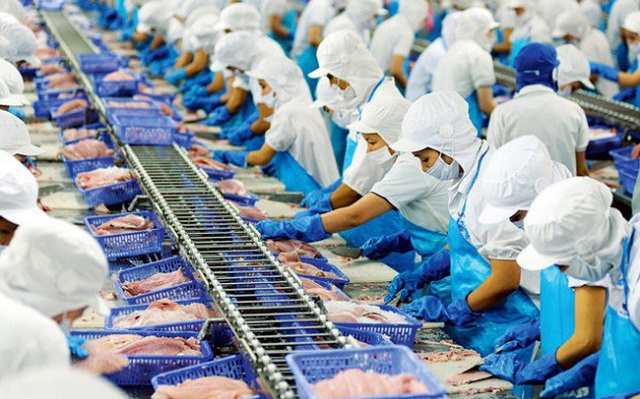
Compiled by Thiên Lý
Food processing accounts for the highest ratio, 19.1 per cent, of the processing and manufacturing industry.
Đầu Tư & Chứng Khoán magazine said the segment grew at 7 per cent annually between 2016 and 2020, despite dipping sharply in 2020 to 4.5 per cent due to impact of the COVID-19 pandemic.
But in the first half of this year, it has seen a revival, with some individual companies doing exceptionally well.
Vĩnh Hoàn Joint Stock Company generated turnover of VNĐ1.79 trillion (US$77.73 million) in the first quarter of the year, a 9.3 per cent year-on-year increase.
VHC general director Ngô Vi Tâm said the company could achieve high growth thanks to the stability of its export markets and business little impacted by the COVID-19 pandemic.
Sao Ta Foods Joint Stock Company reported a 29 per cent year-on-year rise in turnover in the first half of the year to VNĐ2.26 billion ($98.6 million).
Nafoods Group targets turnover of VNĐ1.5 trillion and after-tax profit of VNĐ76 billion for the year, increases of 23.3 per cent and 25 per cent.
A recent survey by the General Statistics Office found that most businesses in the food processing industry expected to achieve good results in the third quarter.
More than 39 per cent said their performance would be better than in the second quarter while 38.6 per cent said their business would be more stable this quarter.
Only 22.2 per cent said they expect their difficulties to worsen.
Why have food processors been able to achieve such a recovery?
Many industry insiders said since the processing and manufacturing industry is a major contributor to the country’s economic growth, it receives priority from the Government, which seeks to improve exports of agricultural and processed food products.
Dương Mạnh Hùng, director of the GSO’s national accounts department, said many projects had been developed with considerable investments in the sector.
Analysts said with Việt Nam rapidly integrating through free trade agreements such as the Comprehensive and Progressive Agreement for Trans-Pacific Partnership and the Regional Comprehensive Economic Partnership, conditions had become favourable for segments like food processing to expand their exports.
Besides, according to FiinGroup, a market leader in providing financial data, business information, industry research, credit rating reports, and other data-driven analytics services in Việt Nam, the global demand for processed foods is set to grow further.
Experts have also pointed out that the challenges posed by the pandemic have forced food processors to accelerate restructuring and embrace Industry 4.0, which has enabled growth despite the pandemic.
These have made the sector more attractive to foreign investors.
In the first five months of this year, FDI in food processing accounted for 43 per cent of the total investment, or $6.1 billion.
Experts from the European Trade Policy and Investment Support Project said to be able to further penetrate the EU market Vietnamese food processors should routinely adopt modern processing technologies besides ensuring food safety and meeting European standards as they do now.
Surprising but true: Drug companies take hit from COVID
People could be excused for thinking that the pharmaceutical sector is among those benefiting most from the COVID-19 outbreak since a lot of drugs are being bought.
But in reality it is not.
There are two general categories of medicines: prescription drugs and over-the-counter drugs. The former is the money spinner for the industry, but has been heavily affected by the pandemic.
They are only available with a valid prescription from a doctor, are heavily regulated and their use has to be monitored by a doctor to ensure both efficacy and safety.
OTC drugs, as the name suggests, can be bought without a prescription.
Experts said the prescription drugs market saw growth halve to just 5 per cent last year because of the pandemic.
Phú Hưng Securities Company said one of the reasons for the slump is that many people are afraid of going to hospitals and doctors due to fear of contracting COVID there.
Another reason is most hospitals have applied visitor restriction rules to reduce viral transmission, protect patients and staff, which has also limited the number of patients visiting to check and buy drugs.
Data from the SSI Securities Corporation somewhat confirms what the experts said. It shows that growth in the prescription drugs segment declined between 10 and 15 per cent in the period from the first quarter of 2020 to the third quarter of the year.
The situation has worsened for the industry following the resurgence of COVID with a fourth wave severely affecting many parts of the country and the number of cases increasing daily.
Many medical firms have made a switch to the OTC segment to make up for their losses in the prescription drugs market.
This is also because the OTC market has seen excellent growth in recent quarters, especially with products like analgesics, antipyretics, disinfectants for use against SARS-CoV-2, and drugs that boost the immune system being in particularly high demand.
A survey by Vietnam Report found that 71.4 per cent of drug firms polled have plans to expand in the OTC segment, and consider it a key measure to sustain growth in the coming period.
Companies with strength in the OTC segment reported good results in the first quarter of this year.
Traphaco JSC (TRA), for instance, posted a 40 per cent year-on-year increase in net profits to over VNĐ55.2 billion during the quarter. — VNS
